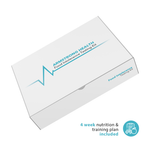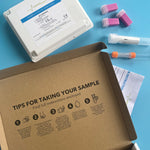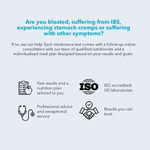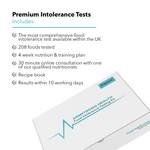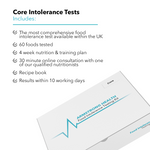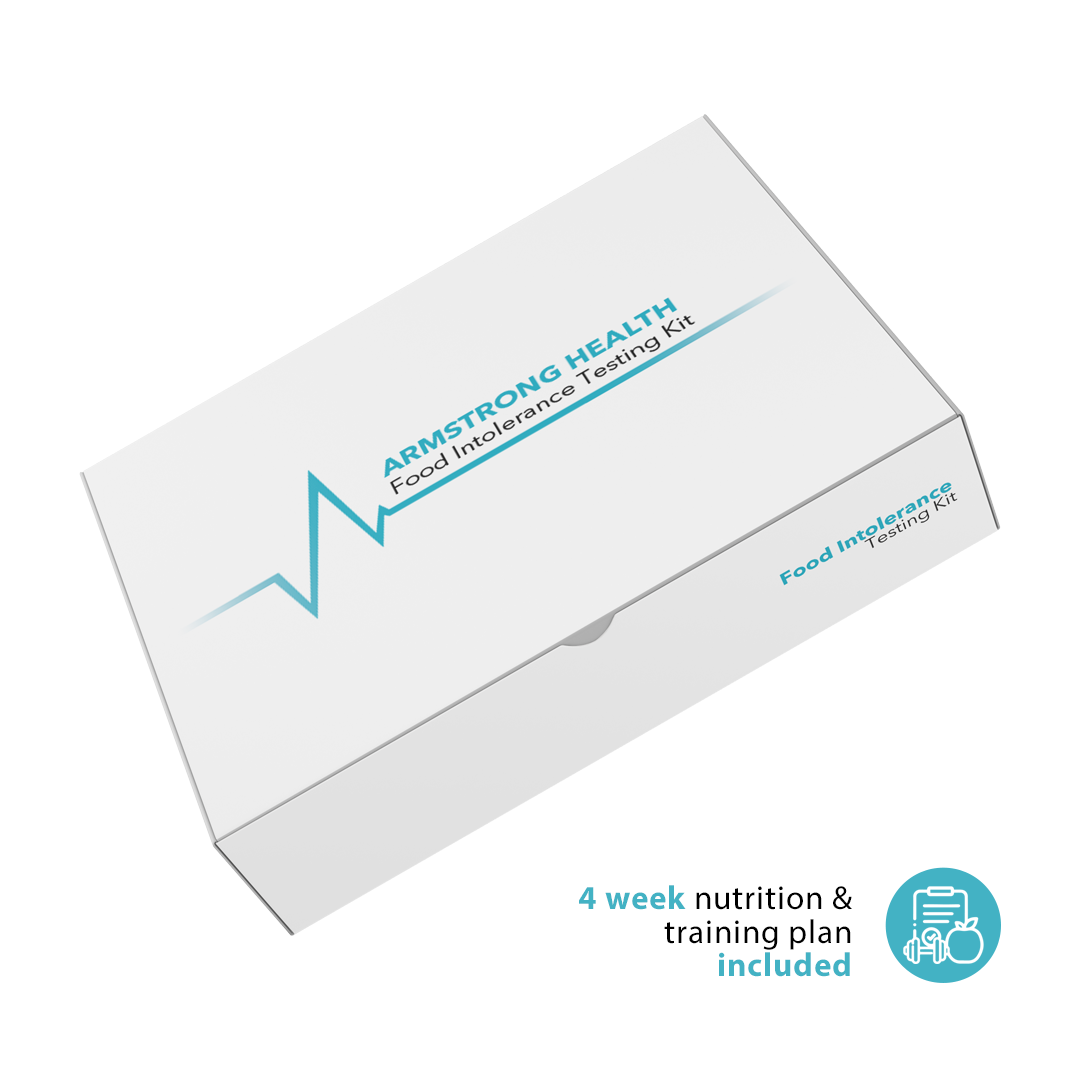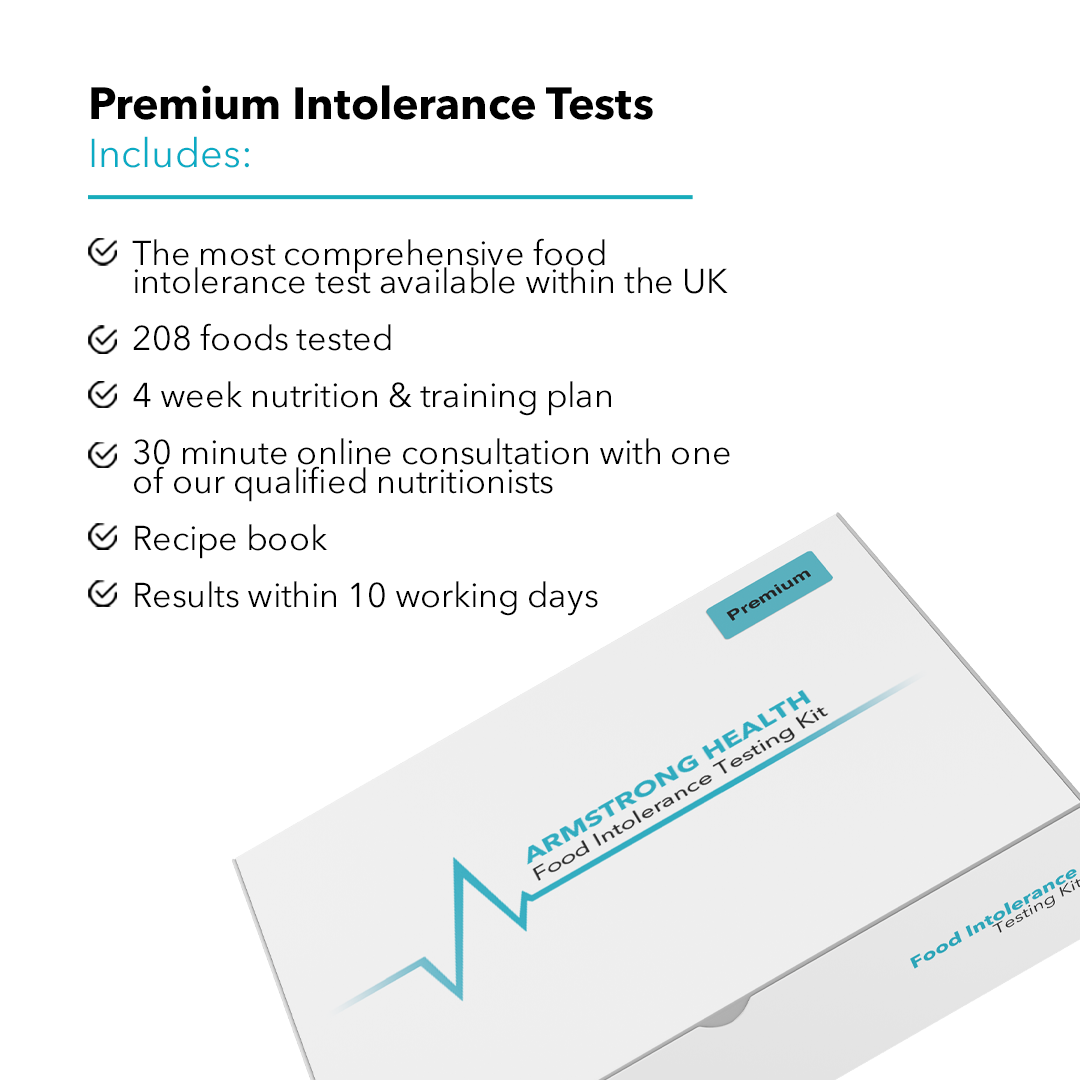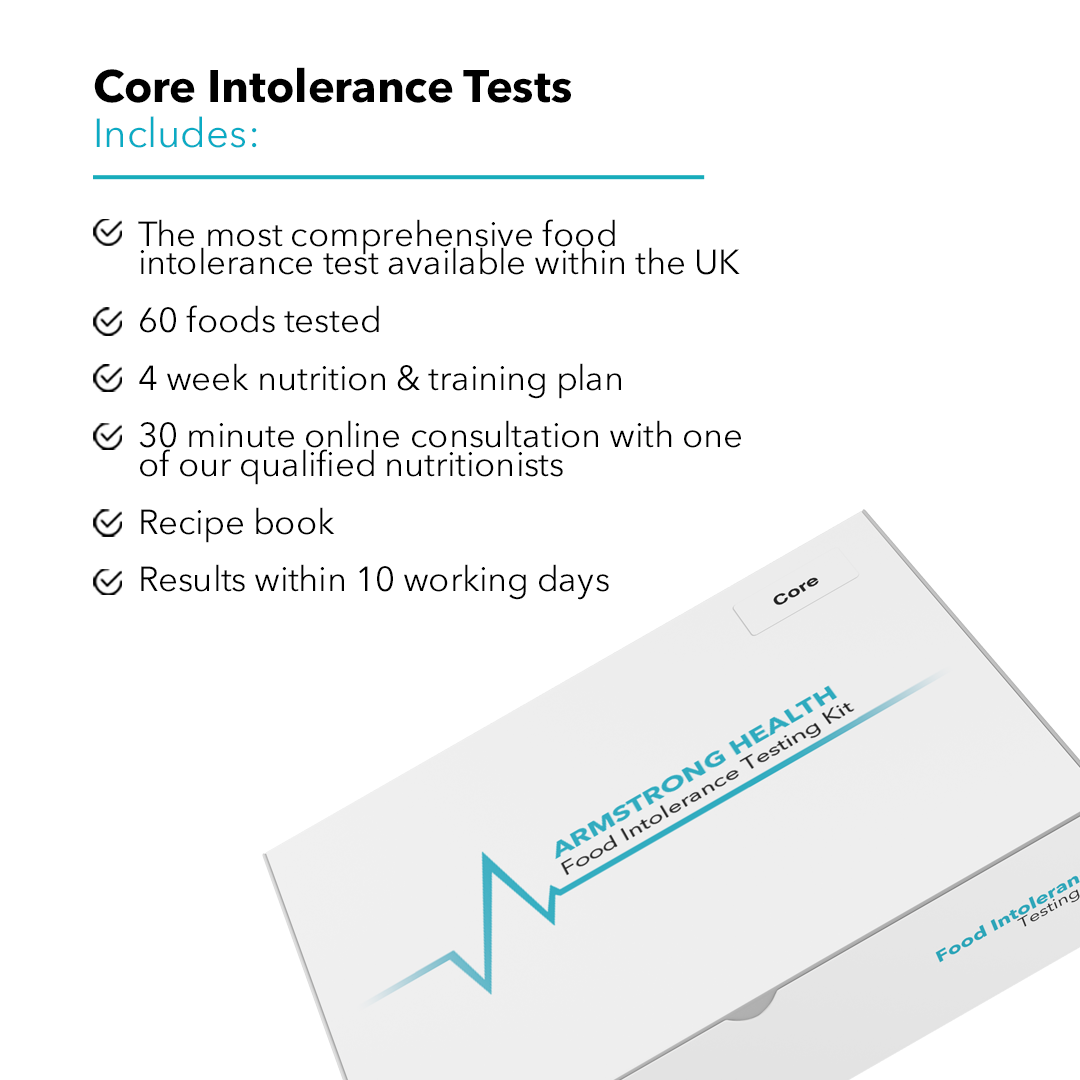In the world of health and wellness, there is a growing awareness of the impact that certain foods can have on our bodies. Many individuals experience various adverse reactions to certain foods, but pinpointing the exact cause of these reactions can be a challenging task. This is where intolerance tests come into play, offering valuable insights into our bodies' responses to different foods. In this blog post, we will delve into the world of food intolerance testing, shedding light on its significance and benefits.
Understanding Intolerance Tests
Intolerance tests, also known as food intolerance tests, are diagnostic tools designed to identify specific food items that may trigger negative reactions in our bodies. These reactions can manifest in a range of symptoms, such as bloating, abdominal pain, skin rashes, headaches, and fatigue, among others. By identifying these trigger foods, individuals can make informed decisions about their diets and make necessary adjustments to improve their overall well-being.
Different Names, Same Purpose
When researching intolerance tests, you might come across various terms like "test intolerance," "intolerances test," "food intolerance testing," and "food intolerance tests." It's important to understand that all these terms essentially refer to the same process – the examination of food intolerances.
The Distinction: Food Intolerance vs. Food Allergy
Before delving further, it's essential to distinguish between food intolerance and food allergy. While both can cause undesirable reactions, they have different underlying mechanisms. Food allergies trigger an immune system response, potentially leading to severe and even life-threatening reactions like anaphylaxis. Food intolerances, on the other hand, involve difficulty digesting specific foods, usually due to enzyme deficiencies, and their symptoms are generally less severe but can still significantly impact one's quality of life.
The Process: Food Intolerance Testing
Food intolerance testing typically involves a simple and non-invasive procedure. One common method is a blood test, where a small blood sample is analyzed in a laboratory. The test measures the body's response to various foods, highlighting any adverse reactions. Other methods may include hair or skin testing, though blood tests are considered more accurate.
The Benefits of Food Intolerance Testing
-
Personalized Diets: By identifying trigger foods, individuals can personalize their diets to suit their specific needs, reducing discomfort and improving digestion.
-
Symptom Relief: Getting rid of problem foods can lead to a reduction in symptoms such as bloating, gas, and headaches, thus enhancing overall well-being.
-
Increased Energy Levels: With improved digestion and reduced inflammation, individuals often experience increased energy and vitality.
-
Better Skin Health: Skin issues like rashes and acne are often linked to food intolerances. Eliminating trigger foods can lead to clearer and healthier skin.
The Food Intolerance Test UK Connection
If you're in the UK, you might come across terms like "food intolerance test UK," "food intolerance testing UK," or "UK food intolerance tests." These references simply indicate that the testing service is available in the UK, catering to the local population's specific needs.





